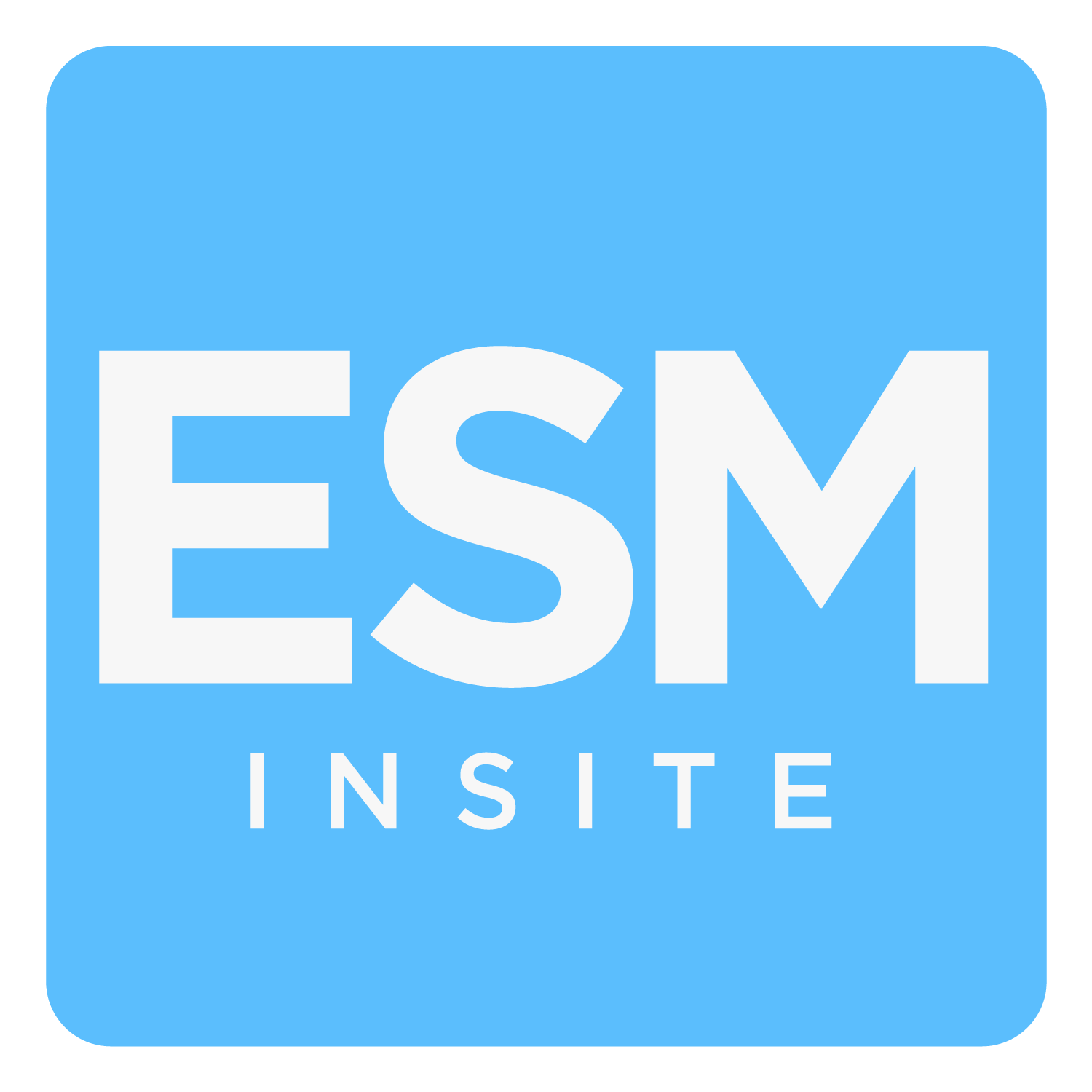Three Steps to Avoiding LC 132(a) and S&W Penalties
When it comes to the California Workers’ Compensation system, it is much easier to avoid penalizing situations than it is to fight them. So, how do we avoid getting slapped with costly penalties? There are three steps: Understand the Labor Codes driving your exposure, come up with a plan of action to avoid the exposure and implement it.
Step One: Understanding the Labor Codes and Penalties Associated
As if California Workers’ Compensation isn’t confusing enough, it is important to know the following: There are two penalties that can be filed under Workers’ Compensation but are NOT covered by your Workers’ Compensation policy. Any penalty that is proven, will be paid by the employer.
Labor Code § 132(a) Nondiscrimination policy states the following, “It is the declared policy of this state that there should not be discrimination against workers who are injured in the course and scope of their employment.” This Petition for Penalty is often filed as a result of employee termination post-accident.
Labor Code §4553 Willful misconduct of the employer (S&W) states the following “The amount of compensation otherwise recoverable shall be increased one half, together with costs and expenses not to exceed two hundred fifty dollars ($250), where the employee is injured by reason of the serious and willful misconduct of the following…”
Here is what you need to know:
Whether or not you believe discrimination or willful misconduct has occurred, the injured worker’s attorney can file a § 132(a) and / or S&W against you.
The exposure for each is the amount of compensation otherwise recoverable increased one half, together with costs and expenses not to exceed $250 dollars.
The § 132(a) penalty can also include back wages and reinstatement of the job.
There is no cap on the penalty for the S&W, there is a $10,000 cap on the penalty for the § 132(a).
The Supreme Court in 1998 City of Moorpark case held that an employee may also bring suit against an employer based on discrimination under FEHA.
There is a one-year statute of limitation of filing for these penalties.
Steps Two and Three: Create and Implement a Plan of Action to Avoid the Exposure of the § 132(a) and S&W
Where to Start:
Injury and Illness Prevention Program (IIPP): Ensure your program is proactive and includes all required parts. Your IIPP must include the following elements: Responsibility, Compliance, Communication, Hazard Assessment, Accident / Exposure Investigation, Hazard Correction, Training and Instruction and Record Keeping. (DIR. August 2019)
Employee Handbook: This is your opportunity to implement policies that can lead to a safer work environment as well as policies in relation to leave of absences and attendance.
Establish and document safety requirements for each job classification.
Establish and document a Leave of Absence Policy and an Attendance Policy. These should be applied to all employees (not just employees on Workers’ Compensation).
Consider establishing a drug and alcohol policy that applies to all employees.
Having an effective IIPP and Employee Handbook should not only decrease your Workers’ Compensation claims (therefore your penalty exposure) but will also help defend S&W and § 132(a) allegations if a Petition for Penalty is filed against you.
Recommendations for Your Plan of Action:
Document any and all violations of your Employee Handbook.
Engage every employee in one way or another. Ensure every employee receives the necessary safety training and equipment to safely perform his or her job.
Documentation and Investigation – Thorough documentation (and photos) of the accident investigation will help defend the allegations. Document and keep a copy of EVERYTHING. This can include copies of written safety tips, employee signed training documents, documented conversations regarding safety and / or an incident.
Understand and always engage an injured employees in the ‘interactive process’ as required by the ADA and FEHA. The interactive process also helps in protecting you against a § 132(a).
Provide the treating doctor with an ‘essential functions’ job description to accurately determine if and how work restrictions can be reasonably accommodated.
Communicate with the employee throughout the recovery process and again when he or she has reached Maximum Medical Improvement.
Document all steps taken and every employee meeting or conversation. If possible, have your employee sign off on documentation of the conversations.
Just by reading this article you have already taken a step in the right direction to avoiding penalty petitions, but in the event you do receive one, act quickly as your exposure can be costly. Contact your ESM Advocate to assist you in defending the allegations.
